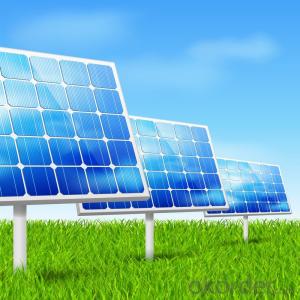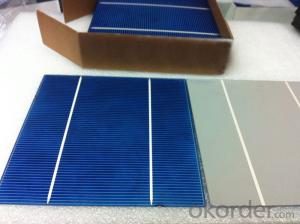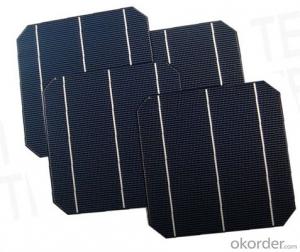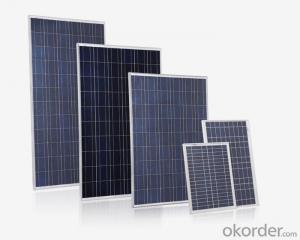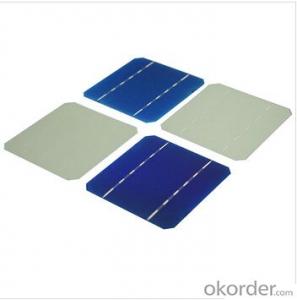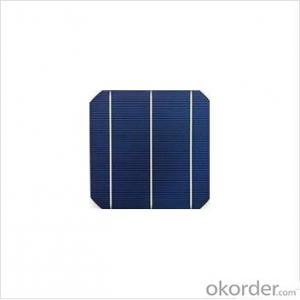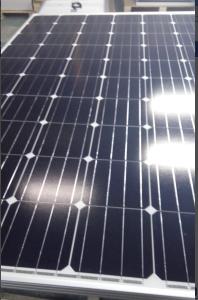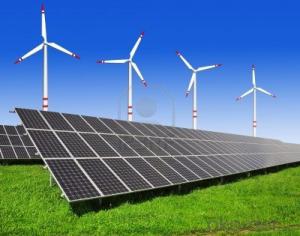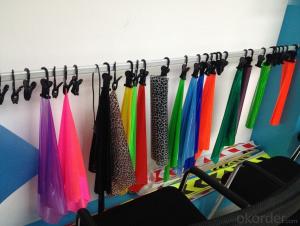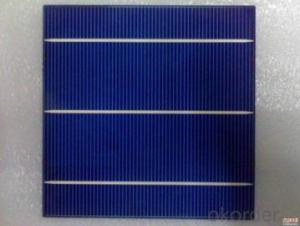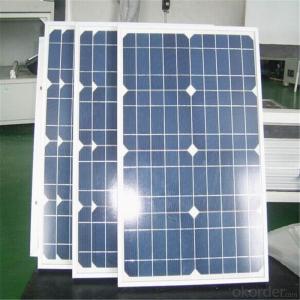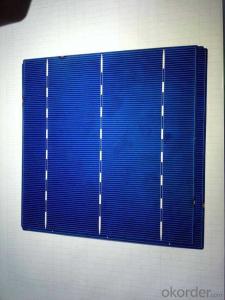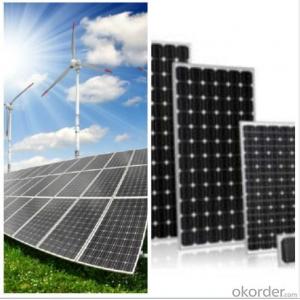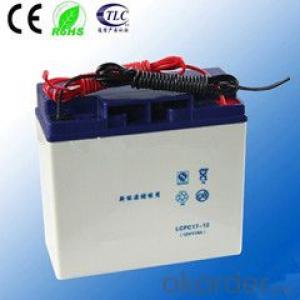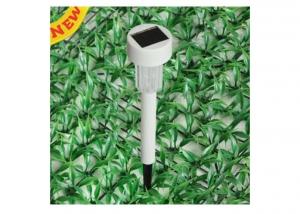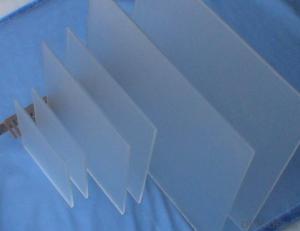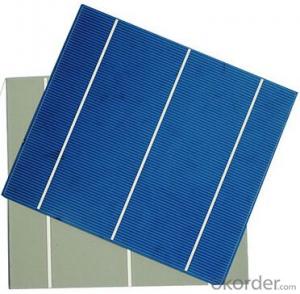Dye Sensitive Solar Cells
Dye Sensitive Solar Cells Related Searches
Dye Sensitized Solar Cells Dye-Sensitized Solar Cells Dye Sensitised Solar Cells Dye-Sensitised Solar Cells Dye Based Solar Cells Printable Solar Cells High Quality Solar Cells Highly Transparent Solar Cells High Temperature Solar Cells Flexible Solar Cells Folding Solar Cells Printed Solar Cells Screen Printed Solar Cells Foldable Solar Cells High Performance Solar Cells Better Solar Cells Affordable Solar Cells Photovoltaic Solar Cells Flexible Silicon Solar Cells Hot Solar Cells High Efficiency Solar Cells Bendable Solar Cells Floating Solar Cells Flex Solar Cells Iii V Solar Cells Flexible Thin Film Solar Cells Custom Solar Cells Plant Based Solar Cells Buy Solar Cells Cheap Solar CellsDye Sensitive Solar Cells Supplier & Manufacturer from China
Dye Sensitive Solar Cells, also known as DSSCs, are a type of photovoltaic cell that utilizes a dye-sensitized layer to absorb sunlight and convert it into electricity. These cells are made up of a porous layer of titanium dioxide nanoparticles, coated with a light-absorbing dye, and sandwiched between a conductive glass plate and a counter electrode. The unique structure of DSSCs allows for a high degree of flexibility and transparency, making them suitable for a wide range of applications.Dye Sensitive Solar Cells are increasingly being used in various settings, from residential rooftops to large-scale commercial installations. They are particularly well-suited for applications where aesthetics and design are important, as their semi-transparent nature allows them to be integrated into building facades and windows without obstructing views. Additionally, DSSCs can be used in off-grid applications, such as powering remote sensors or providing electricity in developing regions with limited access to traditional power sources.
Okorder.com is a leading wholesale supplier of Dye Sensitive Solar Cells, offering a vast inventory of high-quality products at competitive prices. With a commitment to customer satisfaction and a focus on providing the latest technology, Okorder.com ensures that businesses and individuals have access to the most efficient and innovative solar energy solutions available on the market.
Hot Products
